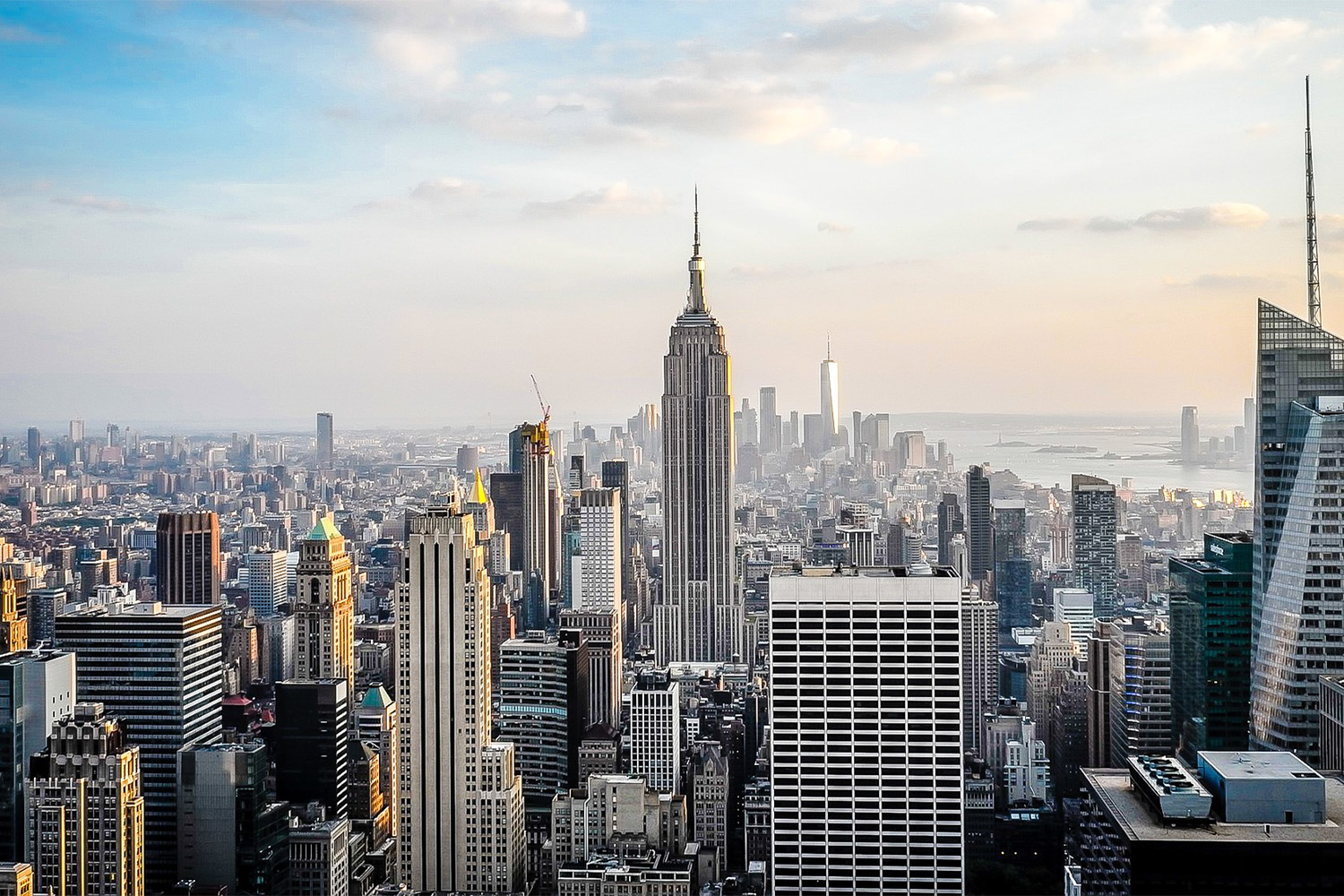Extending Building Life cycle Case Study: Empire State Building Energy Retrofit
Share

This week we are kicking off a series of posts here on cool.calm.constructed. that focus on extending the life cycle of your building.
Here is the first one:
This year, the Empire State Building (ESB) celebrates its 79th birthday. Despite its first few years of rocky operation, this iconic building is among the most famous in the world. Recently, Jeremy Garczynski, a VDC Modeler at Tocci, attended a presentation about the careful planning and new initiatives which are underway to keep the building strong, efficient, and economically viable. Here are his notes:
The ownership of the ESB recently embarked on a “deep energy retrofit” of the building, which is part of a greater repositioning of the building. As part of this repositioning, the ownership decided to use it as an opportunity to do something really radical: reduce energy consumption by 38% using cost-effective methods. ESB ownership worked with a variety of partners including Johnson Controls, Inc. (JCI) as the preferred energy service company (ESCO), Jones Lang LaSalle (JLL) as the project manager, Rocky Mountain Institute as the peer reviewer and sustainability expert, and the Clinton Climate Initiative as the analyzer of all energy use and cost in the building.
This project is groundbreaking due to the lack of data that exists for pre-war multitenant building retrofits trying to reduce operating costs and carbon emissions. The project team hopes that the information from the ESB retrofit will be used as a blueprint for other large office buildings.
The team started by determining what initiatives to move forward with. They took a wish list of dozens of green projects and compared them by initial cost, carbon savings, and cost savings. They then narrowed the list down to eight initiatives that would provide the highest ROI both financially and sustainably. The eQuest model was created to compare the energy consumption baseline and the cost-benefit of each improvement. The results of the analysis were integrated with sustainability ratings, architectural programs, and operational practices, enabling the team to select initiatives.
Here is the final list:
- Radiative Barrier – this involves installing insulated barriers between radiators and decorative iron panels, where the insulation had been lacking.
- Tenant Demand Control Ventilation – dampers and CO2 sensors will be added
- Tenant Daylighting, Lighting, and Plugs – by increasing daylighting and ambient/task lighting the electric load is decreased enough to reduce equipment costs (see chiller plant)
- Balance of Direct Digital Controls (DDC) – updating and synchronization of the building controls
- Chiller Plant Retrofit – 4 new electric chillers will be installed which were exchanged for smaller ones as a result of smaller lighting demands
- VAV Air Handling Unit – Upgrading the AHUs and how they’re laid out
- Building Windows – approx. 6500 windows will be replaced with krypton/argon gas-filled double-paned glass. Resulting in windows that have an increased insulating value from R-2 to R-6
Tenant Energy Management
The Tenant Energy Management strategy is an important aspect of this deep energy retrofit. The transparency of energy use information enables tenants to observe their energy use in comparison with similar tenants in the building, in hopes that a “keeping up with the Jones” mentality will spur further sustainable endeavors. Each tenant has the ability to access the eQuest model to aid in evaluating their energy use.
While not every building is as large and prominent as the Empire State Building, the steps being taken in this energy retrofit are applicable to many buildings and are an important step toward extending the life cycle of any building. This process of energy analysis will only become easier and more accurate in the future as more projects are modeled from design through construction and operations.